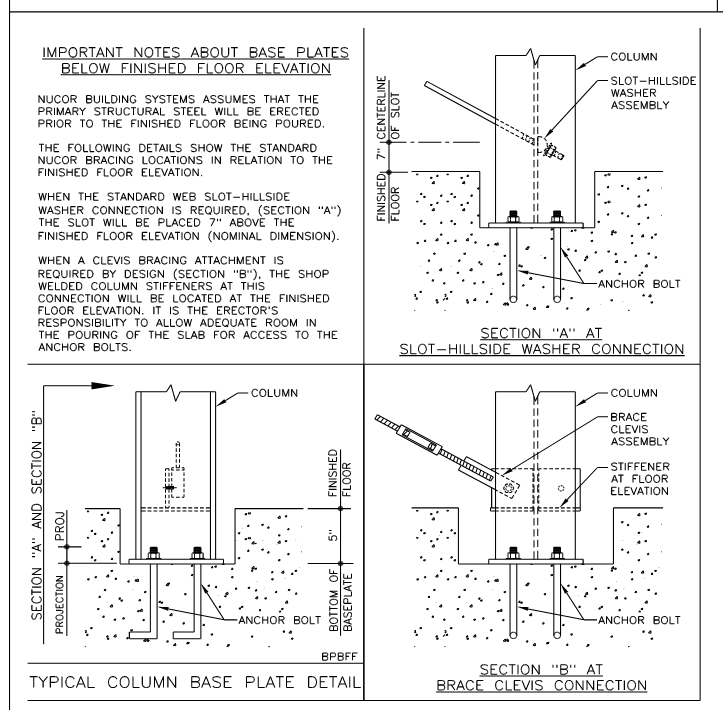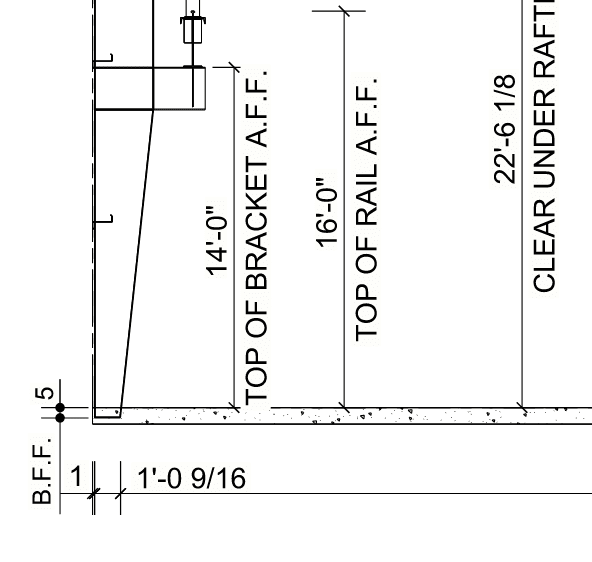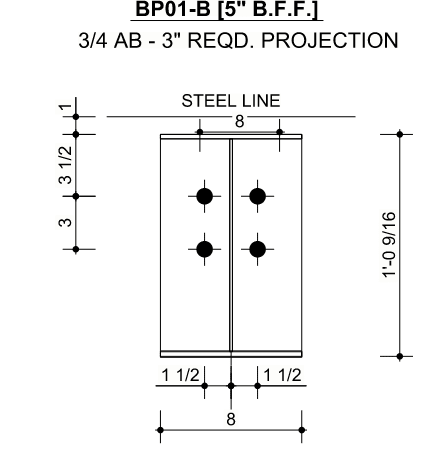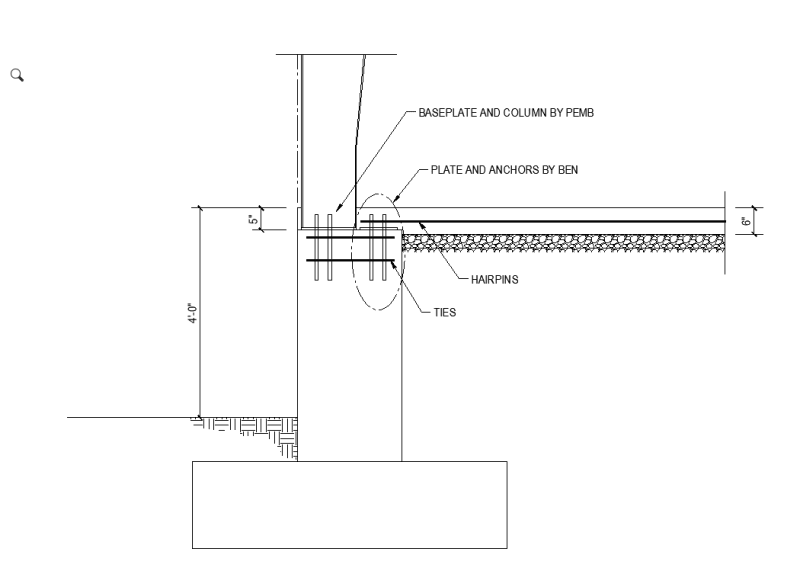Ben29
Structural
- Aug 7, 2014
- 324
I am designing the foundations for a PEMB where the bottom of baseplate is 5" below the finished concrete floor. Normally I use the hairpin method to transfer the horizontal forces into the slab on grade. But I cannot do that now that the baseplate is lower than the top of slab. What is the next best option? Moment-resisting foundations?
Has anyone ever seen this before where the bottom of base plate is below the slab elevation?
Has anyone ever seen this before where the bottom of base plate is below the slab elevation?





